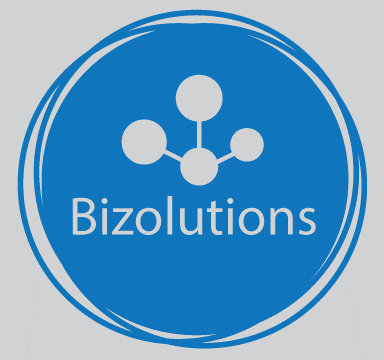Quality Management
ISO 9001:2015 Quality Management System and ISO 13485:2016 Medical Devices

Bizolutions assists our clients with setup, implementation and general maintenance of ISO 9001:2015 based quality management systems (QMS), including the ISO 13485:2016 Medical Devices QMS
The new ISO 9001 and ISO 13485 versions requires that businesses prepare and plan for a variety of risks. These risks can be related to business strategy, financial, compliance (includes Quality, Environment, OH&S, Resource consents & other regulatory requirements), HR, Operations and others.
If you are already ISO 9001/ISO 13485 certified and need to upgrade, or if you want to implement ISO 9001/ISO 13485, we can help you with either.
The benefits from using a QMS based on ISO 9001/ISO 13485 are:
-
More risk control
-
Better cost control
-
Improved morale and motivation
-
Customer retention and loyalty
-
Interested party messaging
-
Improved image and reputation
-
Credibility
-
Ability to respond quickly
-
Improved customer satisfaction
-
Improvement
Bizolutions also writes Quality Plans where these are required by sub-contractors, supplying goods and services to large projects.
ISO17025:2017: General requirements for the competence of testing and calibration laboratories

Bizolutions assists our clients with setup, implementation and general maintenance of ISO 17025:2017 based management systems to ensure compliance to the requirements for the competence of testing and calibration laboratories.
There are two main clauses in ISO 17025 – Management Requirements and Technical Requirements.
-
Management requirements are related to the operation and effectiveness of the quality management system within the laboratory, and this clause has similar requirements to ISO 9001.
-
Technical requirements address the competence of staff; testing methodology; equipment and quality; and reporting of test and calibration results.
In the new version, released in 2017, there are updated and streamlined language for Metrological Traceability, Review of Requests and Tenders, and, amongst others, Evaluation of Uncertainty of Measurement.
In the management requirements section, there is also a new requirement for management of risks.
Implementing ISO 17025 as part of laboratory quality initiatives provides both laboratory and business benefits such as:
-
Having access to more contracts for testing and/or calibration. Some public and private organisations only give contracts to accredited laboratories. Accreditation will also help to get more contracts from organisations that don’t mandate accreditation, but do give preference to accredited laboratories in competitive situations.
-
Improved national and global reputation and image of the laboratory.
-
Continually improving data quality and laboratory effectiveness.
-
Having a basis for most other quality systems related to laboratories, such as Good Manufacturing Practices and Good Laboratory Practices.
Analytical testing laboratories seeking ISO 17025 will be impacted in multiple areas. The main difference between good analytical practices and formal accreditation is the amount of documentation to be developed. There is no doubt that any good analytical laboratory uses qualified analysts, checks the performance of equipment used for testing, and validates analytical methods. However, many times the outcome of the tests is not fully documented.
ISO 17025 accreditation requires formal documentation for nearly everything. It is similar to operating in a regulated environment – ‘what is not documented is a rumor,’ and is viewed by assessors as ‘not being done.’
HACCP - Hazard Analysis and Critical Control Point management system implementation

HACCP is a management system used specifically in the food preparation, manufacturing, handling and associated industries. Bizolutions assists our clients with setup, implementation and general maintenance of HACCP management system based on the MPI Technical Paper No: 2012/30, written for the standardisation of Hazard Analysis and Critical Control Point.
Implementation of HACCP are based on the following principles:
-
Identify hazards
-
Biological, chemical and physical hazards that could be reasonably likely to occur in food ingredients should be identified along with available control measures. The MPI hazard database assists with information on reported food safety hazards that can occur in New Zealand food ingredients.
-
-
Determine critical control points (CCPs)
-
A CCP is a step at which control can be applied to prevent, eliminate or reduce a food safety hazard to an acceptable level.
-
-
Establish critical limits for each CCP
-
A critical limit provides the measure for separating acceptability from unacceptability at a CCP.
-
-
Establish CCP monitoring requirements
-
Suitable monitoring activities are necessary to ensure that the CCP is under control.
-
-
Establish corrective actions
-
These are the actions to be taken when monitoring shows a CCP is out of control. That is, a critical limit has been exceeded. Actions include: restoring control at the CCP, making decisions on product disposition and preventing re-occurrence of the CCP failure.
-
-
Verifying the HACCP system is working as intended
-
Within-business verification is required to ensure that your HACCP application is complying.
-
-
Establish record keeping procedures
-
HACCP documentation must be correctly maintained, including: identification and analysis of hazards, CCP determination and critical limit determination. Records are also kept for tracking CCP monitoring, corrective actions taken and HACCP system verification.
-
